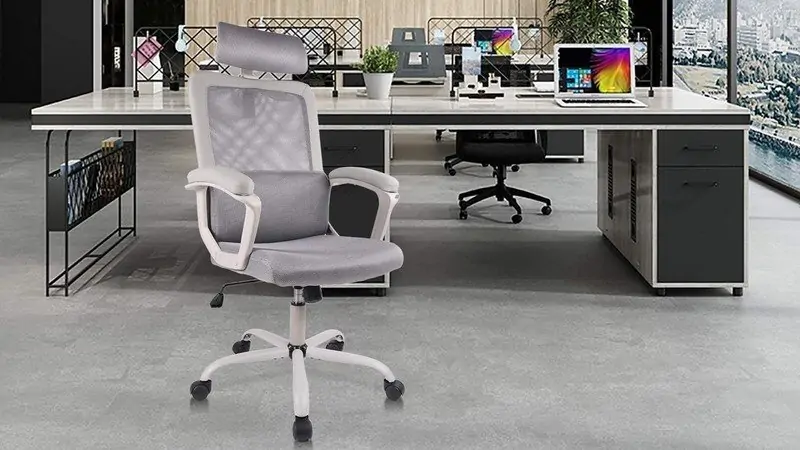Engineers, like many professionals, spend a significant portion of their day sitting at a desk. This makes the choice of an office chair a critical decision that can impact their comfort, productivity, and long-term health. This comprehensive guide will delve into the world of ergonomic office chairs, highlighting their benefits, key features, and how to choose the best one for engineers.
Understanding the Importance of Ergonomic Chairs
Ergonomics is a science focused on the study of human fit, aiming to decrease fatigue and discomfort through product design. Ergonomic chairs are designed to support the body’s natural posture and reduce the risk of musculoskeletal issues. They are adjustable and customizable to suit specific needs, providing support for the legs, thighs, arms, shoulders, and back during seated work.

Benefits of Ergonomic Chairs for Engineers
- Improved Posture: Ergonomic chairs are designed to support the natural curve of the spine, promoting better posture and reducing the risk of back pain.
- Increased Comfort and Productivity: Comfortable seating can enhance focus and productivity. Ergonomic chairs, with their adjustable features, provide a high level of comfort, even during long hours of work.
- Reduced Risk of Health Issues: Prolonged sitting in a poorly designed chair can lead to health problems like back pain, neck strain, and other musculoskeletal disorders. Ergonomic chairs are designed to mitigate these risks.
Key Features of Ergonomic Chairs for Engineers
When choosing an ergonomic chair, engineers should consider several key features that cater to their specific needs:
- Adjustable Seat Height: The chair’s height should be easily adjustable to match the height of the desk and the user’s height. The user’s feet should be flat on the floor, with thighs parallel to the ground.
- Lumbar Support: The chair should have good lumbar support to maintain the natural curve of the spine and prevent slouching.
- Adjustable Backrest: The backrest should be adjustable in both angle and height, providing support to the entire back.
- Seat Depth and Width: The seat should have enough depth and width to support any user comfortably. The user should be able to sit with their back against the backrest while leaving approximately 2 to 4 inches between the back of the knees and the seat of the chair.
- Armrests: Adjustable armrests are essential. They should allow the user’s shoulders to relax and arms to rest naturally.
- Swivel: The chair should easily rotate, allowing the user to reach different areas of their workspace without straining.
Top Ergonomic Chairs for Engineers
Based on the features mentioned above and reviews from various sources, here are some top ergonomic chairs suitable for engineers:
- Autonomous ErgoChair Pro: This chair offers a high level of comfort with many adjustable features. It’s suitable for all kinds of workplaces and comes in a range of color options.
- Branch Ergonomic Chair: This chair features a thick, well-padded seat and solid lumbar support. However, its armrests were found to be wobblier than those on other chairs in its price range.
- Herman Miller Aeron Chair: This chair has been a popular choice among professionals for over a decade. It symbolizes mobility, speed, efficiency, and 24/7 work weeks.
- Staples Hyken Chair: This chair was chosen as the main chair by a former tech lead for Google due to its comfort and affordability.
Conclusion
Choosing the right ergonomic chair is a crucial decision for engineers. It can significantly impact their comfort, productivity, and long-term health. By understanding the importance of ergonomics and the key features to look for, engineers can make an informed decision and invest in a chair that will serve them well for years to come.
